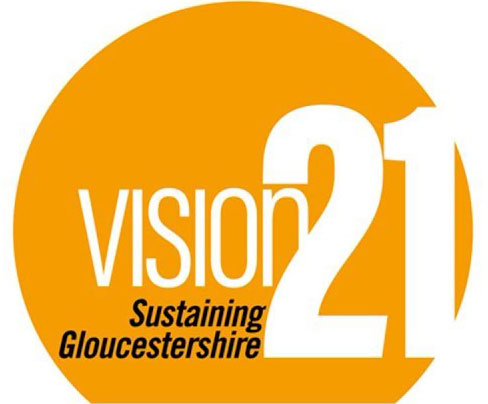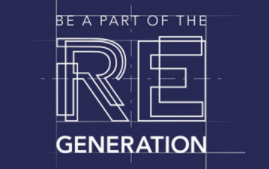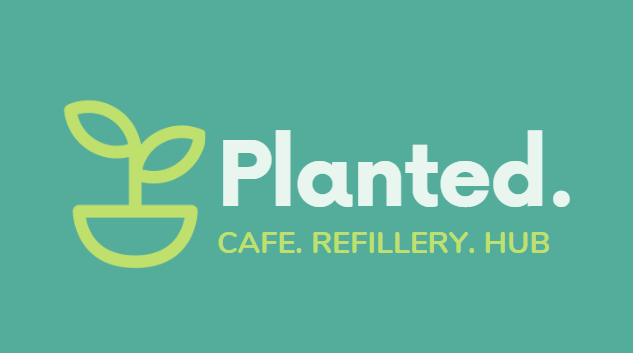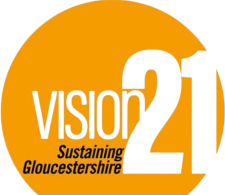Our history
Creating a sustainable future for Gloucestershire
Earth Summit and Agenda 21 (1992-1998)
In response to global concerns, the Earth Summit in Rio de Janeiro led to the creation of Agenda 21. This blueprint for sustainable development extended beyond governments, involving local authorities, NGOs, and communities. Gloucestershire County Council’s adoption of Local Agenda 21 (LA21) paved the way for Vision 21’s inception in 1998.
Agenda 21 and Collaborations (1998-2016)
Vision 21 initiated diverse projects between 1998 and 2016, emphasizing sustainability. Collaborations with strategic partnerships and environmental forums solidified its commitment. The publication of “Gloucestershire – The Biggest Issue” in 1996 showcased Vision 21’s excellence in LA21 practices.
Reconstructing and Renewed focus (2016-2020)
Amid changing landscapes, Vision 21 underwent a strategic review in 2016 which led to a reconstructing and re-branding. From this, it began to reposition itself within Cheltenham’s voluntary sector by raising its internet profile and increasing the amount of projects. With exceptions of Reclaim, the number of projects Vision 21 has implemented varies from year to year depending upon the availability of third party funding. The declaration of the climate emergence in 2020 reshaped priorities, propelling Vision 21 into the forefront of Cheltenham’s environmental efforts.
Adapting to Climate Emergency (2020-Present)
In response to the Climate Emergency, Vision 21 relocated its central office, appointed a Climate Action Co-ordinator, and initiated Planet Cheltenham. This initiative, the “Flip-Side” of CheltenhamZero, aims to achieve Net Zero Carbon. Explore Vision 21’s endeavors in shaping a sustainable future beyond.
Conclusion - Building a Greener Tomorrow with Vision 21
Join Vision 21 in its mission to lead Gloucestershire towards sustainability. From Earth’s Summit to the present, our initiatives, collaborations, and adaptation to the Climate Emergency define our commitment. Explore our journey as we work towards a Net Zero Carbon future, building a greener tomorrow for generations to come.






